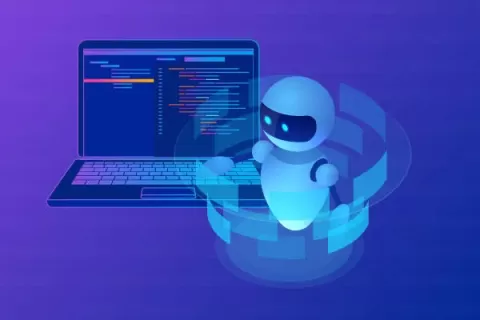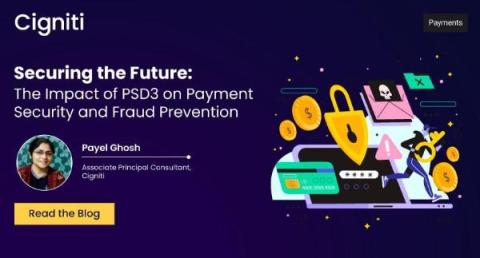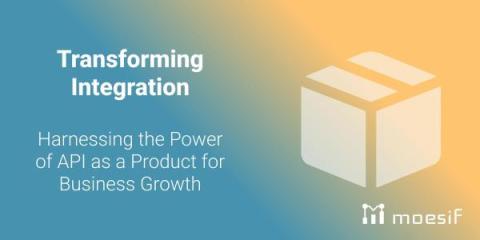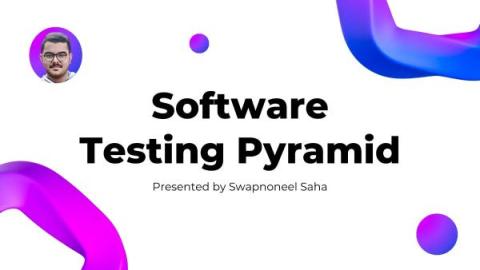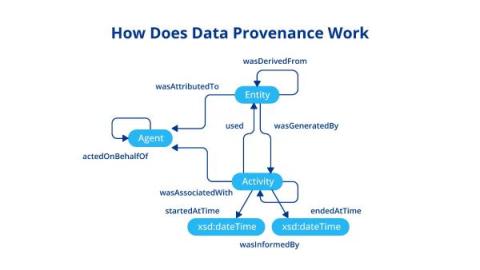With AI Writing Code, Will AI Replace Software Engineers?
Software developers have plenty to keep them awake at night. Their top concern is no longer how to express the latest algorithm in their favorite language (C, C++, Erlang, Java, etc.). Instead, it’s being replaced by artificial intelligence (AI). Here we take a look at the process for AI writing code and answer the question: Will AI replace programmers? Read along or jump ahead to the section that interests you the most.


